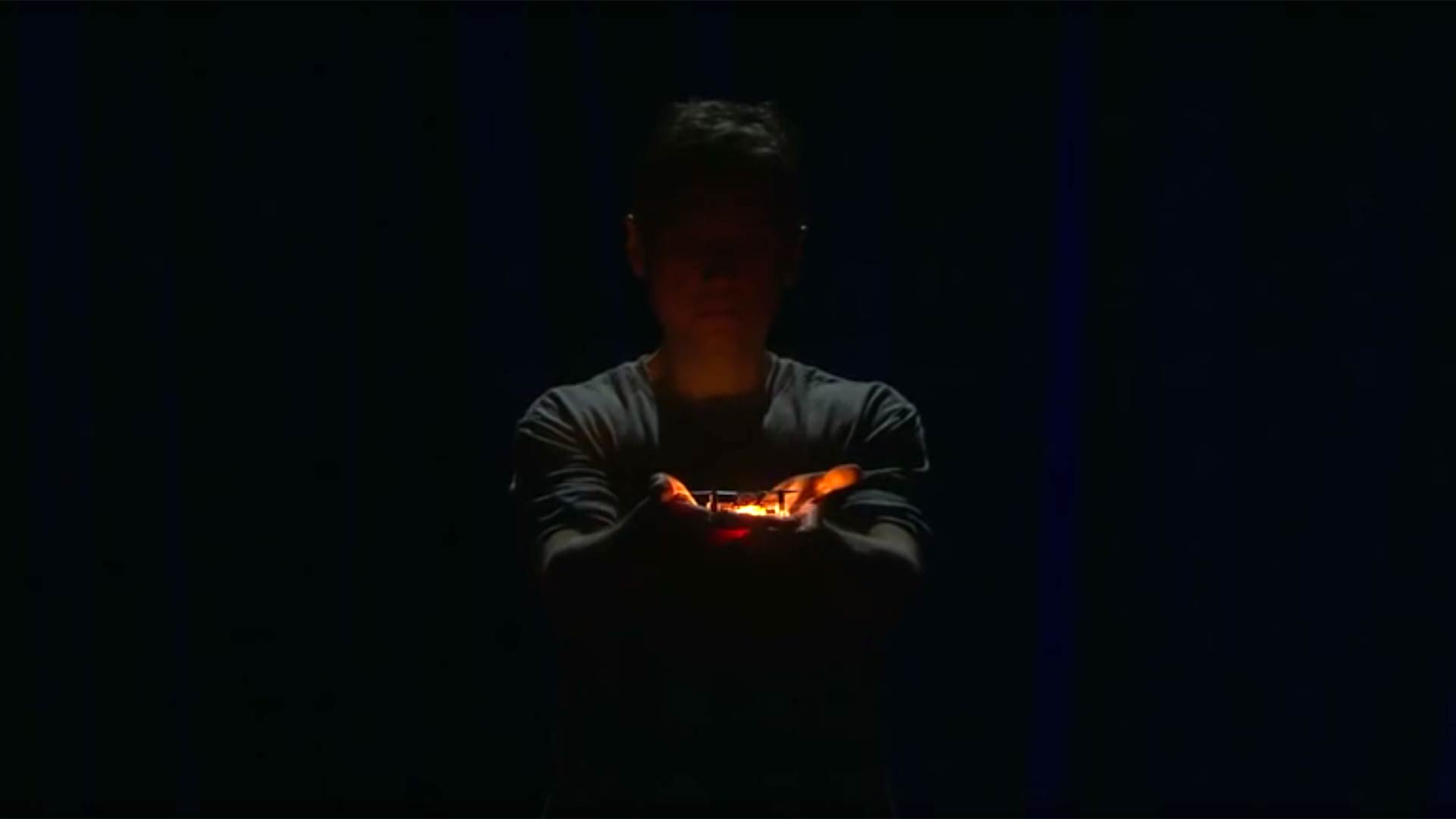

In the brief period since they began gracing the skies, drones have changed the face of aviation. They let militaries conduct reconnaissance and strikes without risking human pilots, allow filmmakers of all shapes and sizes to capture aerial footage on the cheap. Also, give people a whole new way to mess with animals, because we’re awful. But the present capabilities of autonomous flying machines pales in comparison to what the future may hold.
At least, that’s what Raffaello D’Andrea thinks. During a TED talk filmed in February 2016, D’Andrea, who serves as professor of dynamic systems and control at the Swiss Federal Institute of Technology, pulled back the curtain on the future of drones, revealing what future-minded engineers are developing. Among the highlights:
- Stabilized tail-sitter drones, civilian counterparts to the ass-happy drone DARPA and Northrop Grumman are developing for the U.S. Navy. Tail-sitters combine the flexibility of vertical takeoffs and landings with the efficiency of fixed-wing flight, but they’re sensitive to wind gusts. But engineers are working on new hardware and software solutions that could make tail-sitters more feasible for everyday use.
- Monospinners, which are small, hand-launched drones with only one moving part: the propeller. A monospinner’s CPU runs the complex calculations to keep the drone flying straight and level; all the operator has to do is toss it into the air.
- Drone swarms, made of palm-sized commercially-available quadcopters outfitted with custom technology and algorithms to recognize spatial relationship to one another. Through this simple coordination, these simple drone can be used to perform complex tasks—and, as D’Andrea demonstrated, make art.
That’s are just the tip of the iceberg. And reading brief descriptions of these drones is a poor subsititute for seeing D’Andrea show them in action. So do yourself a solid, and carve out 12 minutes to watch the video below.
